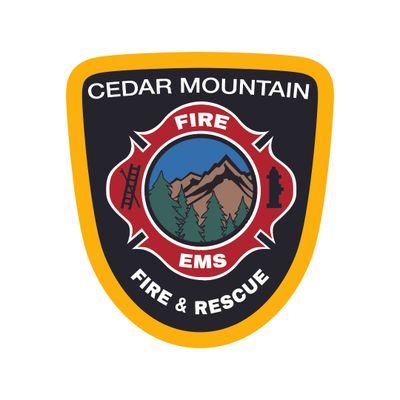CALL 911 FOR EMERGENCIES
providing fire and ems response to the greater duck creek area
Since 1995
CALL 911 FOR EMERGENCIES
Since 1995

CMFPD serves Cedar Mountain in beautiful Southern Utah. Our Cedar Mountain Fire & Rescue division provides firefighting and emergency medical service throughout the 94 square miles of the District, plus we respond to neighboring communities including Long Valley. We also manage snow removal on subdivision roads in the District during Winter and deliver a dust mitigation product for subdivision roads in the Summer.
April 22, 2024
PSA
Cedar Mountain Fire will be conducting Live Fire Training
Tuesday (April 23rd) and Wednesday (April 24th).
The training will ...
Notice of Vacancy
PUBLIC NOTICE
Notice is hereby given that the Cedar Mountain Fire Protection District Administrative Control Board is looking to fill one (...
Station 1 - Mammoth Creek Rd
CMFPD Board Meeting will be held at Station 1.
Station 1 - Mammoth Creek Rd
Station 1 - Mammoth Creek Rd
PUBLIC NOTICE
Agenda Coming Soon
Station 1 - Mammoth Creek Rd
3620 Mammoth Creek rd, hc 82 box 1084, duck creek village, ut 84762 435-682-3225
Copyright © 2023 Cedar Mountain Fire Protection District - All Rights Reserved.
Powered by GoDaddy
We use cookies to analyze website traffic and optimize your website experience. By accepting our use of cookies, your data will be aggregated with all other user data.